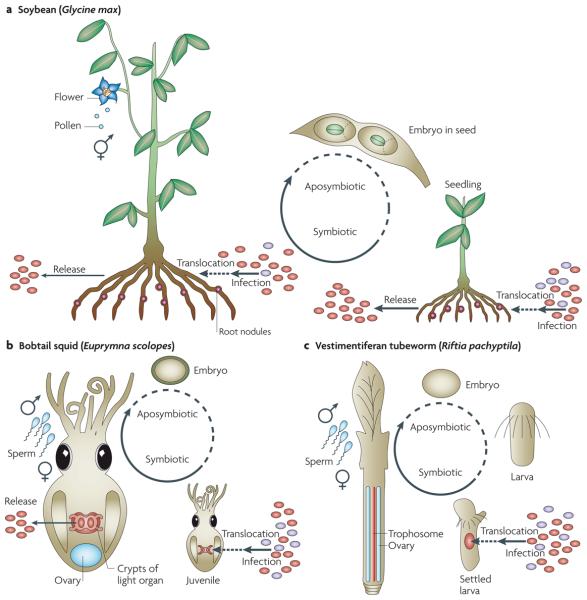Figure 2. Simplified host life cycles of horizontally transmitted symbionts.
a | Legumes and intracellular rhizobia in root nodules (the example shown is the soybean Glycine max and Bradyrhizobium spp.). Aposymbiotic germ cells are produced by the flower; internal fertilization leads to aposymbiotic seeds in which the embryo develops. After germination, symbiont uptake occurs through infection threads in the roots of seedlings, as long as the plant grows (reviewed in REF. 11). b | The bobtail squid Euprymna scolopes and its extracellular endosymbiont Vibrio fischeri in the light organ crypts. Male and female hosts copulate, egg clutches are laid in the environment and they develop into aposymbiotic juveniles. Free-living V. fischeri is selectively taken up from the environment, and colonization of the light organ is completed within 12 hours after hatching (reviewed in REF. 31). c | The vestimentiferan tubeworm Riftia pachyptila harbours endosymbiotic Candidatus Endoriftia persephone in the trophosome. Sperm are released from males and migrate to females, where eggs are fertilized internally; zygotes are released into the water column, disperse and develop to larvae that settle, and metamorphosis is initiated. Symbionts infect the larval skin, migrate to the mesoderm surrounding the gut, and the trophosome develops49. Environmental bacteria are shown in purple.

